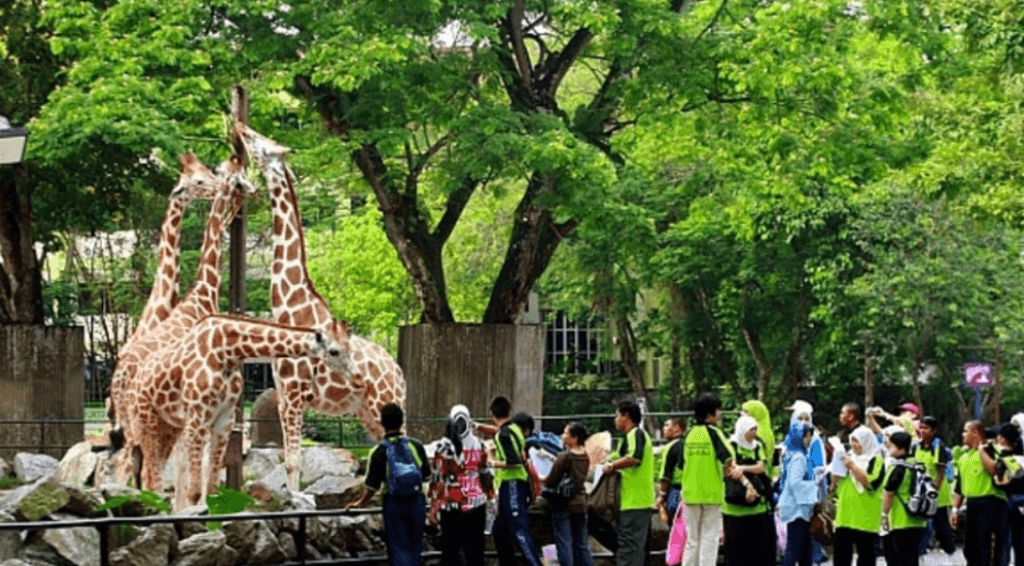When I was a kid, Zoo Negara was the most exciting place to be; with the animals that I could see, which before this I can only watch on TV. However, as I grow older, Zoo Negara fell out of interest, making way for other responsibilities and distractions. Some of you out there might share a similar storyline but most importantly, the rate of people visiting Zoo Negara has decreased throughout the years and it is affecting the zoo’s ability to take care of our beloved animals.
It was recently reported by NST that Zoo Negara is desperately in need of more visitors and also sponsors, especially for the Malayan tigers, in order to cover the operation cost and expansion of the national zoo.

Source: Malaysiakini
It was revealed by the Zoo Negara Malaysia deputy president Rosly @ Rahmat Ahmat Lana that in order to take care of its tigers, for example, the zoo needed RM500,000 a year. He elaborated,
“It costs RM100 a day to feed the Malayan tigers while the Bengal ones eat 10kg of meat, or RM200 worth, a day. This boils down to RM40,000 per tiger a year, including their medicine. Factoring the zookeepers’ expenses, we need about RM500,000 a year.”
He also mentioned that the five-year federal grant of RM5 million that the zoo used to receive had ended in 2004 and it is not surviving on the government’s one-off aid for maintenance. He continued,
“We have been spending RM1 million to RM1.2 million a month for the last three years and we need to have at least 500,000 visitors to break even from ticket sales.”
The huge amount of spending every month means that the zoo does not have enough funds for expansion to become a facility of education, conservation, and scientific research.

Source: NST
708,000 visitors went to Zoo Negara in 2014 after China gifted Malaysia two giant pandas. However, the number continued to decline with only 368,000 visitors in 2018.
As of now, Zoo Negara is looking to discuss with the government on how to turn the national zoo into a facility for conservation, education, and research as well as to be responsible in taking part to draft policies for conservation.

Source: Taylor’s University
So what can we do as Malaysians? The first step is to make an effort to visit those animals more. We are indirectly responsible for all the animals in there, so we should try our best to help in any way possible – be it by donation and volunteering to help take care of them in the zoo. Also, don’t forget to share this article to spread the word!





































